Example of field creation - bytes field
Creating a new field is nothing more than mathematical operations on one or more fields in a single row of the database and saving the result under the new field name.
In the system we have fields clientBytes (number of bytes sent as client) and serverBytes (number of bytes sent as server). We need a field that is the sum of these two fields to know, for example, which IP address had the highest volume of traffic in total, i.e. as a client and/or as a server. To do this, we will create a new bytes field (Dispaly Name: Bytes), which will be the sum of the clientBytes and serverBytes fields.
Implementation
To create a new field, go to [Configuration->Objects->Fields] menu and click New Fields button.
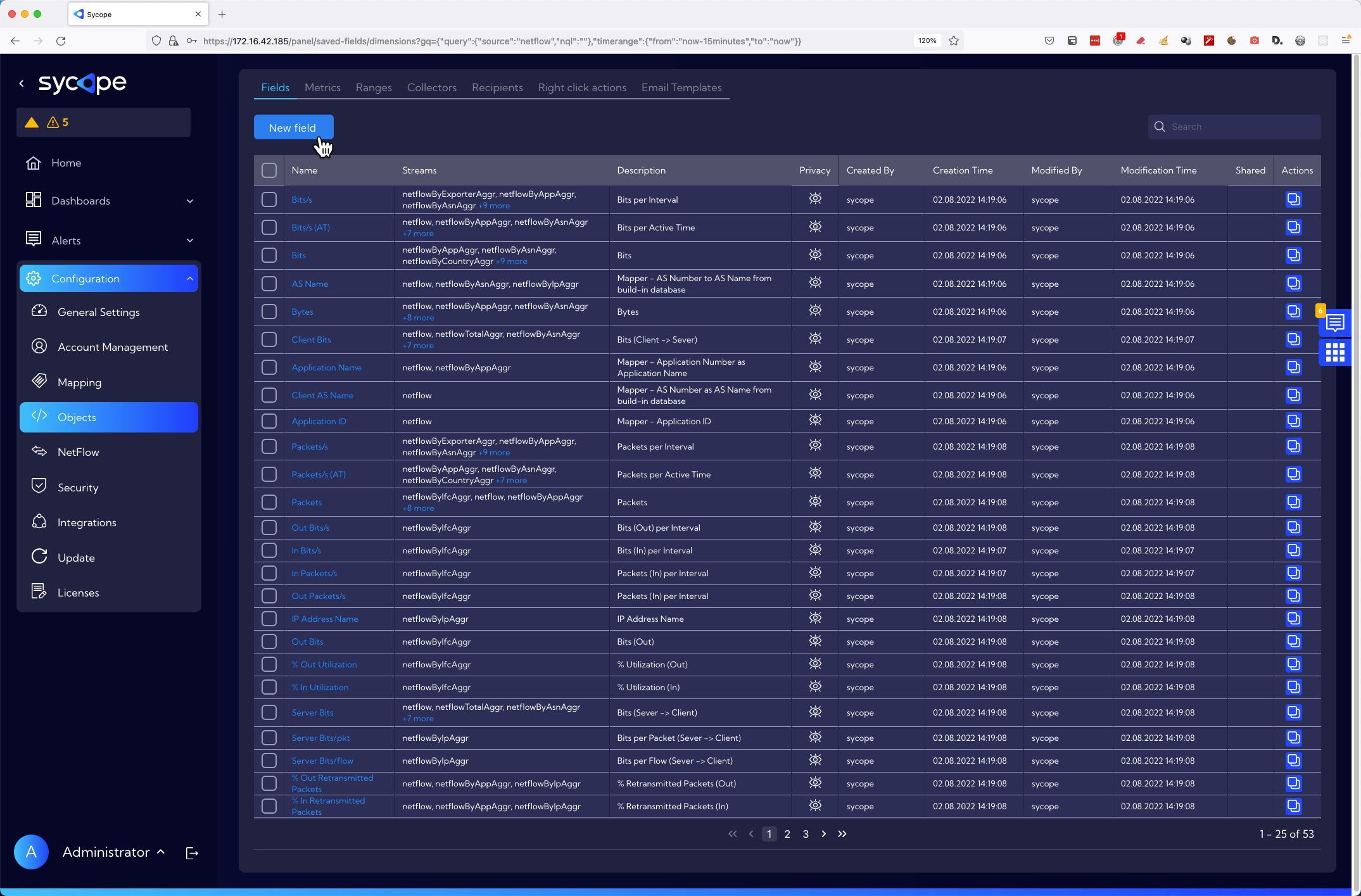
The wizard for creating a new field appears.
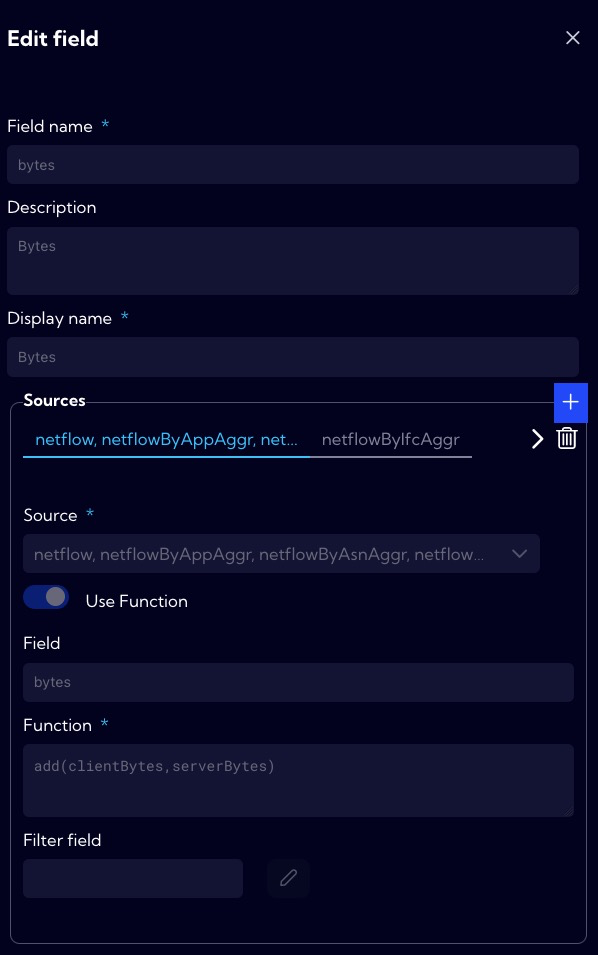
In the Field name, we enter the database name (NQL) of the new field. In the system it is assumed that such names are typed with a lowercase letter, and if the name consists of two or more words, the successive words are typed without a space, starting each word with a capital letter for example ipAddressName. In our example, the field name is bytes.
In the Display name, we enter the name under which the new field will be visible in the system. In our example, the field name is Bytes.
As mentioned earlier, two other fields are needed to create the bytes field. These are fields: clientBytes i serverBytes for data streams: netflow, netflowByAppAggr, netflowByAsnAggr netflowByCountryAggr, netflowByGroupAggr, netflowByIpAggr, netflowByMplsAggr, netflowByProtocolAggr, netflowByTosAggr, netflowTotalAggr.
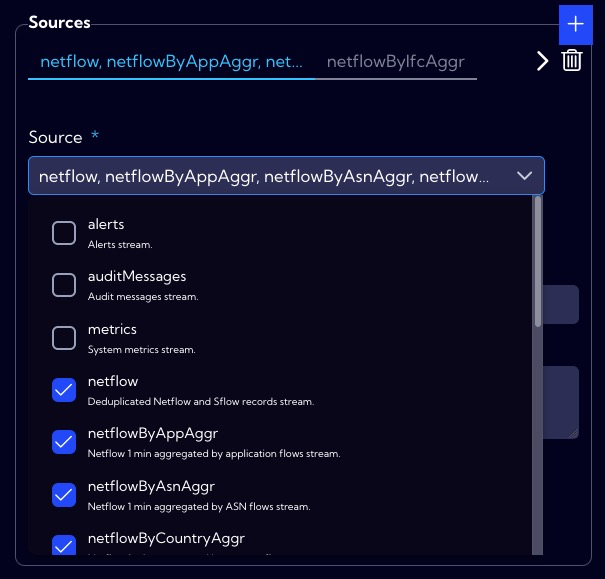
The bytes field is supposed to be the result of adding the values of two fields, so the function that implements this action has the form:
add(clientBytes,serverBytes)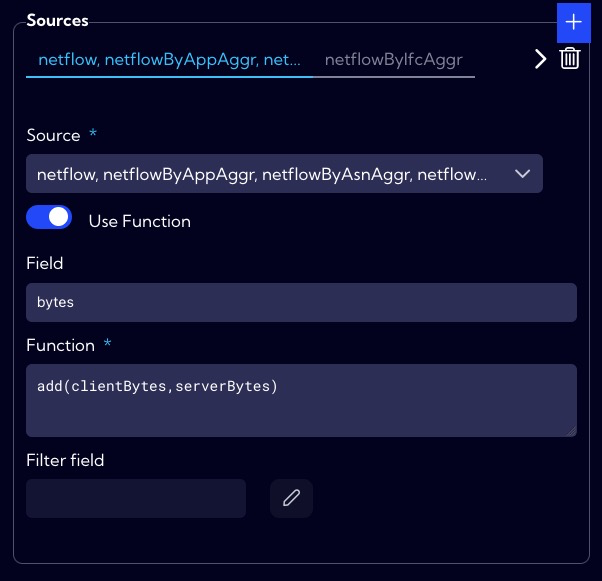
However, for the netflowByIfcAggr stream these are the fields: inBytes and outBytes.
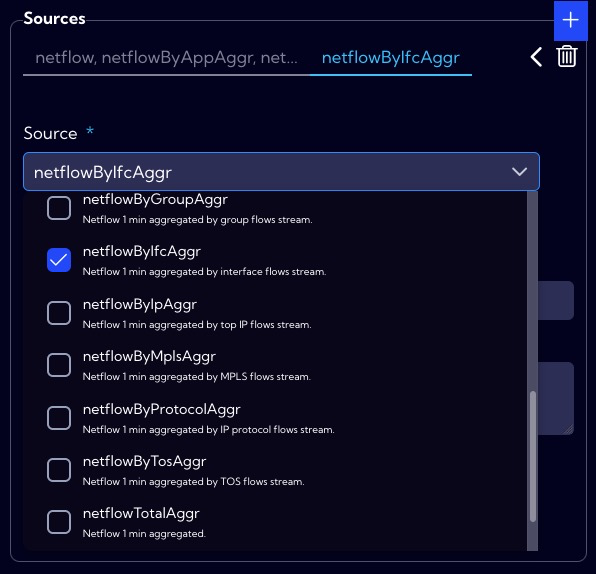
Corresponding to the fields, the function is of the form:
add(inBytes,outBytes).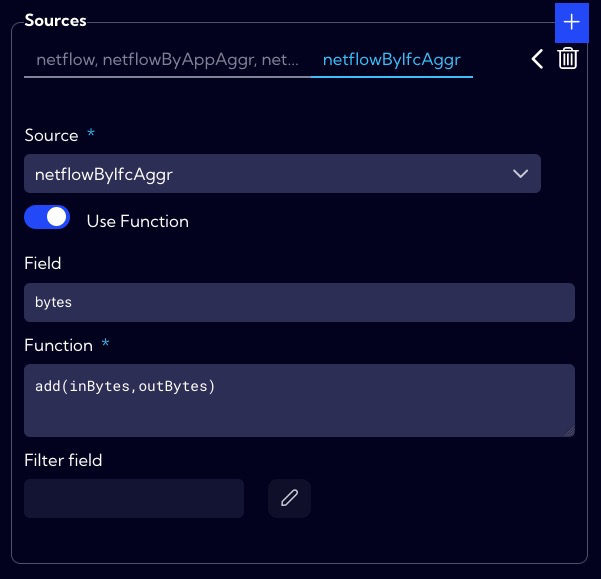
In the Number formatting section, we specify how to format the data in our new field.
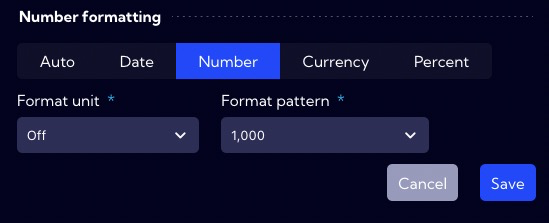
In the Privacy section, you can set permissions for the created item. If you want it to be visible to all users, you should set the Public option.
